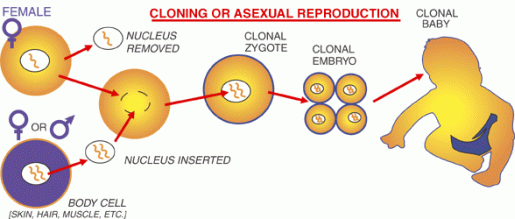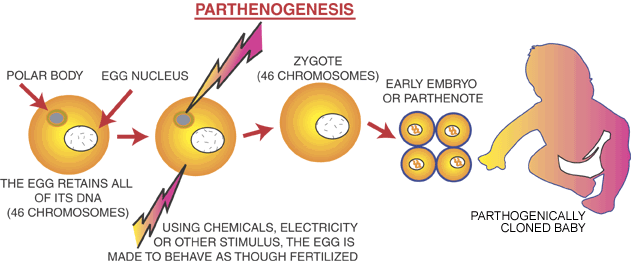On Eugenics
"Dolly, the first mammal to be cloned from adult DNA, was put down by lethal injection Feb. 14, 2003. Prior to her death, Dolly had been suffering from lung cancer and crippling arthritis. Although most Finn Dorset sheep live to be 11 to 12 years of age, postmortem examination of Dolly seemed to indicate that, other than her cancer and arthritis, she appeared to be quite normal. The unnamed sheep from which Dolly was cloned had died several years prior to her creation. Dolly was a mother to six lambs, bred the old-fashioned way.
-Human Genome Project Website News

The Science of Eugenics: An Intro
Eugenics is a one of the most relevant and complex scientific and bioethical issues of the 21st century. From attempts to prevent genetic diseases to race superiority and evolutionary ethics, scientists have attempted to modify genetic information in order to alter humans, animals, or other natural life. Fundamentally, there are two potential types of technology: 1) those with beneficial uses, and 2) those with few if any benefits.
Inheritable Genetic Modification
Inheritable genetic modification (IGM) involves changing the genes that will be passed down through reproduction to future generations. This would essentially allow parents to manufacture their children according to their liking, and as a result, it is one of the most controversial eugenics issues today. Indeed, common proposed applications of IGM are in vitro fertilization, cloning, and stem cell research. According to the Center for Genetics and Society, "Somatic gene transfer techniques might also be proposed for "enhancement" purposes. Some of these might be inconsequential but others could be unacceptable and would need to be proscribed."
There are two types of genetic modification: somatic and germline modification. The former involves essentially adding genes to non-reproductive cells, i.e. cells other than egg or sperm cells. The gene would be carried into the cell through the cell membrane by a viral vector. This technology would be used specifically on people with genetic diseases, and the gene would not be passed down to children.
The latter technology is the direct splicing of new genes into eggs, sperm, or even embryos. This is more controversial, in that the impact of the genetic alteration will reach children and all succeeding generations.
Cloning
Human cloning is creating a genetic duplicate of a human being. A clone would receive all of its genetic information from a single person's cell. The process below is called "somatic cell nuclear transfer." That is, the nucleus of a body cell is transferred into the female egg.

The second process, considerably less natural, is called parthenogenesis. Here, an egg, with a full set of 46 chromosomes, is chemically or even electrically altered and made to replicate fertilization.

Both images from the Association of Reproductive Health Professionals.


